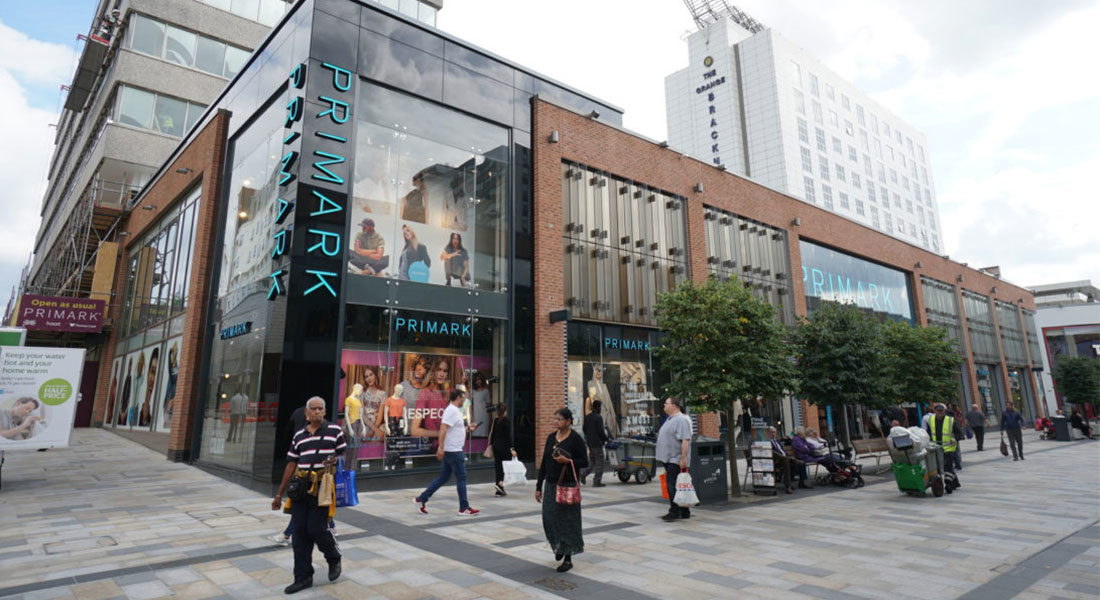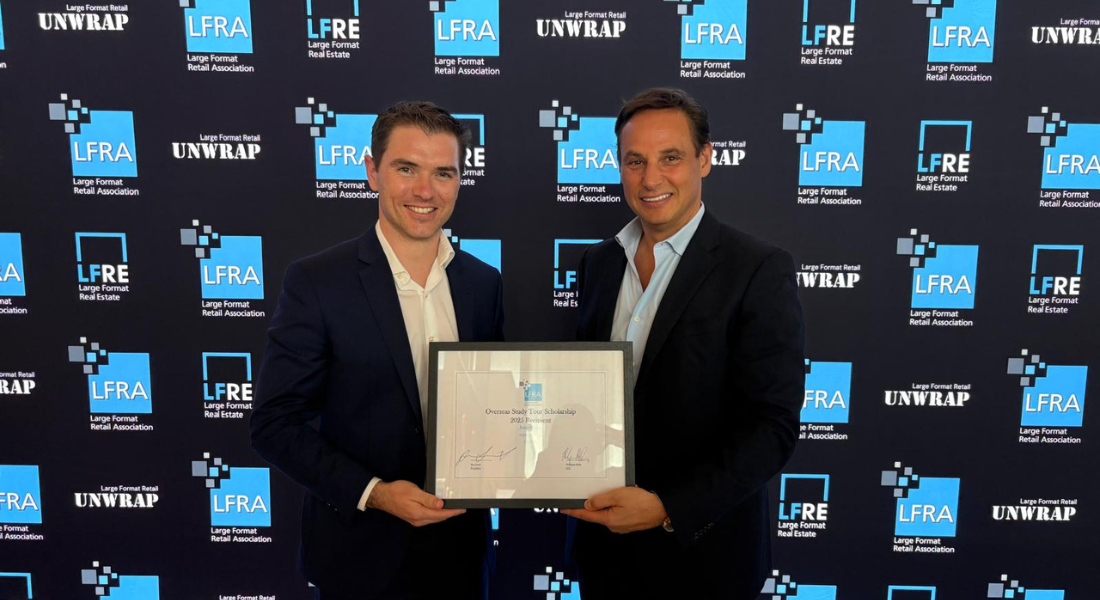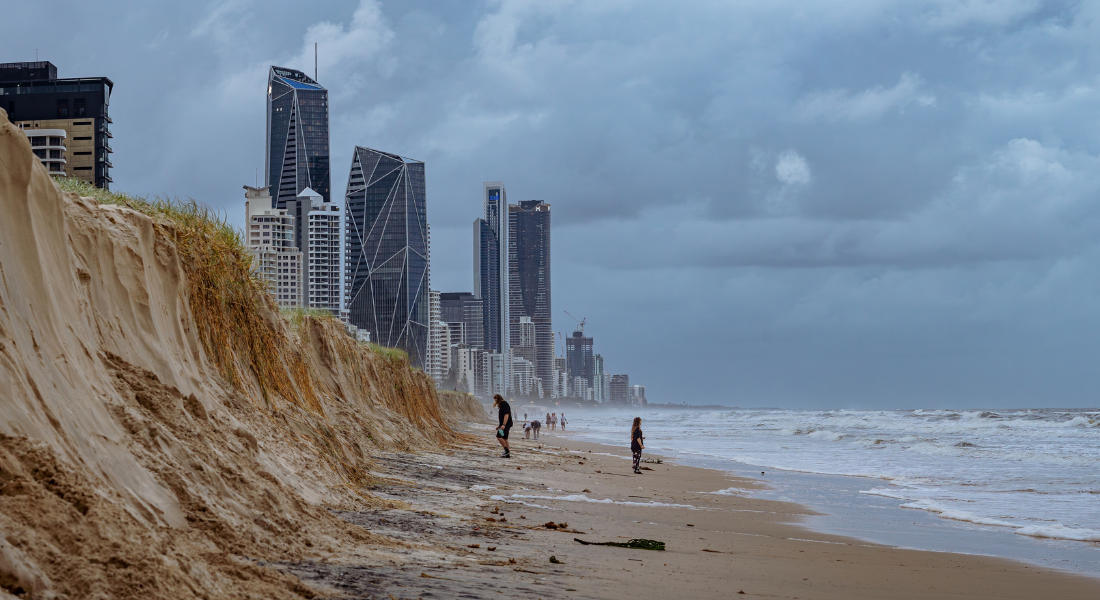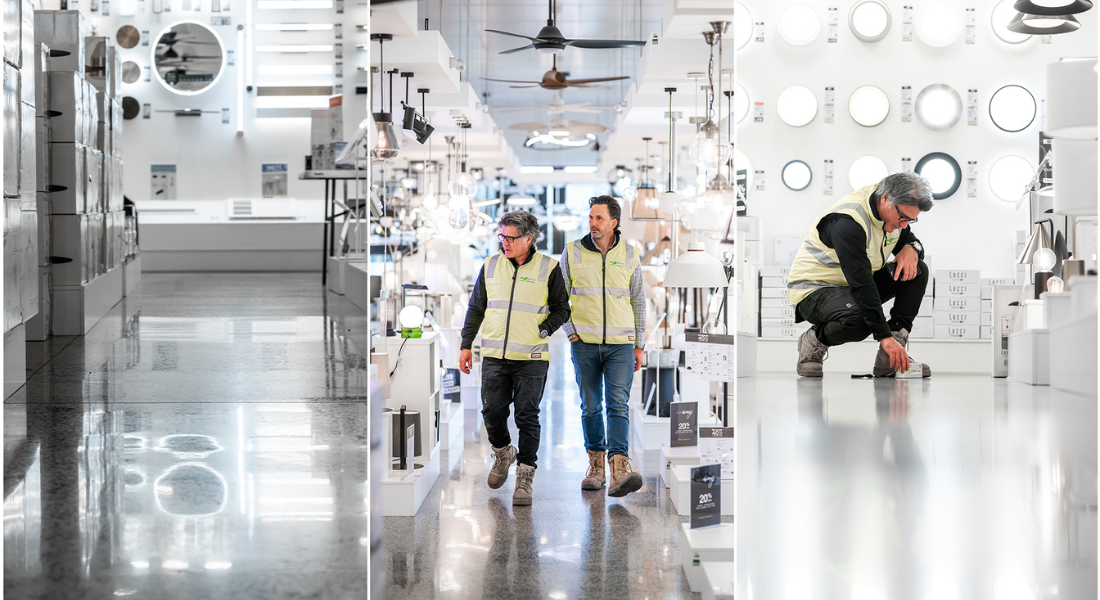Retail Is Not Dying, It’s Evolving

Neil Wynn-Jones, Senior International Trade Adviser, from the UK Department for International Trade, told the LFRA tour “Retail is not dying, it is evolving”.
Pop-Up and Prop Up
Over recent years vacancies have been climbing as retailers face high rents and testing economic conditions. Landlords and agents desperate to let their properties have cleverly addressed the issue by encouraging retailers to hold pop-up shops.
Pop-up shops have proven to be a low-risk way to introduce customers in a new geographic area to a brand. Cheap fit out and the shortened tenancy period of the pop up create a sense of urgency and a buzz amongst the customer base. They also allow retailers to both test out the market and the location before committing to a longer-term rent.
UK landlords are thus more flexible and open to accepting lower rent or face extended vacancies. Dabbling with pop up stores has allowed some landlords to get through tough times rather than looking at more drastic measures of converting their land use to residential, industrial or other commercial applications.
The Future of Bricks and Mortar
Like in Australia, bricks and mortar stores suffered declining sales in the UK over the past two years. However, despite slowing of new developments and rising store closures, overall retail statistics have been strong.
In the UK, physical stores act as showrooms rather than points of sale. There is an increasing trend for customers to browse in-store then purchase online. It demonstrates that customers still seek expertise and product confidence in store before they buy.
“[With] online B2C sales sitting at 22% and forecast to grow to 27% by 2022 in the UK, this could well be an indicator of where online will grow to in Australia.
“No categories are immune,” comments Ian Bunnett, Managing Director- Sales at Beacon Lighting
The decline in bricks and mortar should not be viewed miserably. Instead it is an opportunity to invest in existing stores, elevating them to a more competitive level and providing a unique shopping experience.
Click and Collect
It is a given that technology should play a key role in today’s businesses. Customers are more tech savvy and the internet offers another channel to reach and engage shoppers through click and collect.
British customers are far more attuned to the benefits of click and collect than their Australian counterparts. UK retailers have induced customers with reasons to collect rather than have their goods delivered. For retailers click and collect saves freight costs, increases footfall providing upsell opportunities and allows relationship development with customers.
British customers find click and collect convenient, immediate, free with the added benefit they can collect in their own time. In a market keenly attuned to their environmental impact, customers are aware of the environmental benefits of click and collect over delivery.
Modernising retail experience
Selling products alone is not enough to entice customers to visit and stay. With a decline in bricks and mortar, UK retailers are increasingly investing in customer experience as their point of difference.
“Retail only survives with people,” said Justin Ganly, Managing Director, Deep End Services.
“We have to get people out of their homes, offices and anywhere else where they are stuck looking at their screens.
“Experiences are key but so are services.”
Stores of all sizes are increasingly investing in complementary experiences and services. Major department store chain John Lewis & Partners regularly collaborates with brands to host events in-store, ranging from beauty and makeup tutorials to yoga and interior styling. Many of London’s bookstores have a café attached to them where visitors can read books and enjoy a cake and coffee.
The returns of investing in a modern retail experience are bountiful. Done correctly it increases footfall, extends the time customers spend in-store, encourages customer-led advertising and testimonials via social media or word-of-mouth and develops customer loyalty, which all have a positive impact on a business’ bottom line.
This article is a part of a 10-segment series covering the 2019 LFRA Overseas Study Tour.




